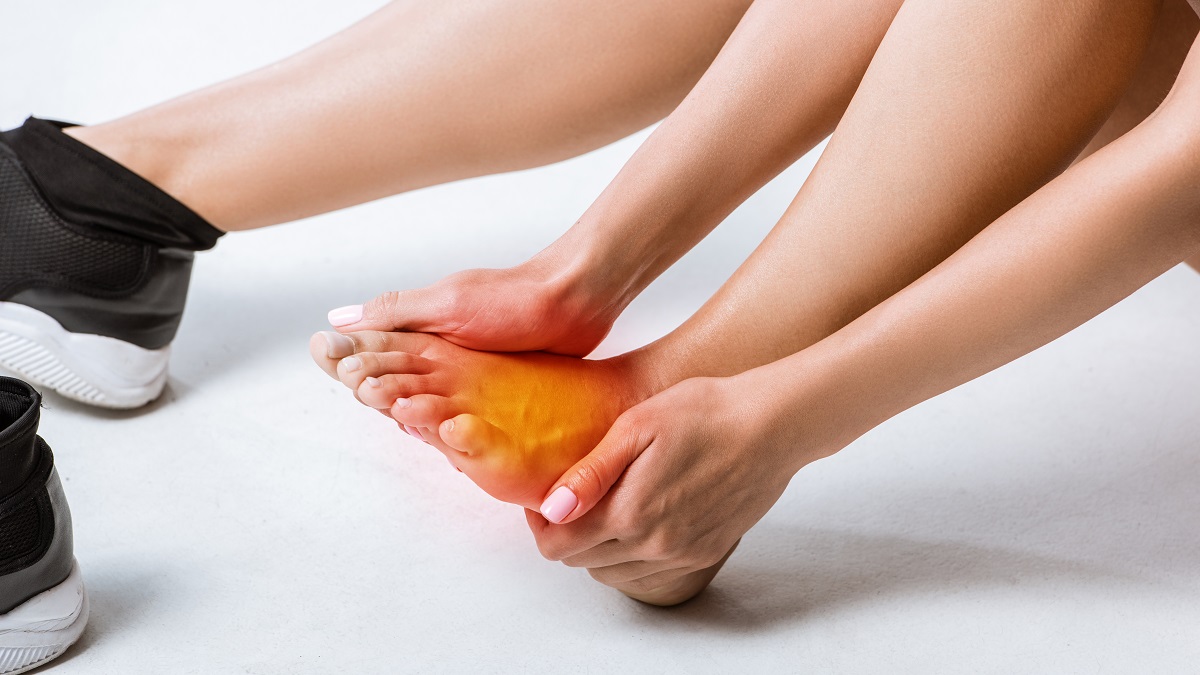Omega 3s can help in giving benefits to fibromyalgia patients according to a study conducted in 2012. Medical literature has shown again and again about the effectiveness of omega 3s in helping cardiovascular and joint health issues.
Therefore, we all should acknowledge this that omega 3s helps the patients in dealing with fibromyalgia pain.
Omega 3s functions very well to reduce the symptoms of fibromyalgia if you are a fibro patient.
For reducing pain and inflammation, omega 3s acts as precursors to the chemicals. In contrast with this, chronic pain and inflammation can be increased by Omega 6s fatty acids. It is important to know the differences between the two.
Your fibromyalgia symptoms can get worse if you take the wrong form of fatty acids. Don’t forget to read the labels to ensure that you are taking the right form. Omega 3s has three main types that are Alpha Linoleic acids or ALA, Docosahexaenoic acids or DHA and eicosapentaenoic acids or EPA.
According to some recent studies, a huge drop in the cholesterol level, less muscle tightening and less tender points have been shown in people who take at least 1500 mg of Omega 3s supplements every day. Moreover, less fatigue is also shown in these people. These acids work as an anti-inflammatory in the body. Although, no scientific proof has been shown yet about how and why they seem to work well but many people reported omega 3s to be a way of relieving discomfort and pain.
According to a study, by using Omega 3s for seven months, one patient significantly showed lower levels of pain from a level of 8 to just 3 out of 10 points.
It is believed by the authors of this study that investing in high-quality Omega 3 supplements may be worth for relieving pain in fibromyalgia patients.
For patients, who are willing to try Omega 3s as a remedy for their condition, should seek out the highest concentration of DHA and EPA per serving. Look for the product that is produced in cold weather near the Arctic, when you are using fish oils because there are toxic levels of mercury in the fish that are harvested in warmer waters. And many fibromyalgia patients are sensitive to mercury.
Studies have shown that it takes at least 6 months of trying supplements for seeing the results. Although, there are some people who see the results of supplements sooner. Consider freezing the capsule before taking them if you feel nausea or burping.
Try to take the supplements with the meal. Split your doses with each of the meal. It is recommended to take the supplements with Lyrica or Cymbalta if the patient is dealing with extreme pain.
You can find Omega 3s in sardines, herring and wild caught salmon besides cold water fish. Unfortunately, albacore tuna is no more a good source because it has high levels of mercury which can worsen fibromyalgia.
Let’s start by seeing some potential food allergies. Fibromyalgia can be affected by these possible food allergies:
- Soy
- Corn
- All Preservatives
- Wheat (gluten)
- Food Additives
Foods that are high in antioxidants should be increased. Such as:
- Tomatoes
- Kale
- Bell peppers
- Blueberries
- Cherries
- Spinach
–don’t take refined foods. These foods include white bread, white sugar and all pasta (gluten).
–avoid taking more red meats. You should eat more tofu (unless you have a soy allergy), cold water fish and beans (for protein).
–use healthy oils in cooking like coconut oil and olive oils.
-quit the Trans fats. You should try to eliminate baked goods that have been cooked with Trans fats. You should also eliminate some other things like donuts, onion rings, French fries, all margarine and highly processed foods.
–reduce the intake of alcohol and caffeine. Quit smoking and stop using any kind of tobacco products. Reduce the intake of foods that are high in sugar, high in salt and high in fat.
–avoid the intake of MSG or monosodium glutamate.
-drink at least 6 to 8 glasses of purified water daily.
Consider taking Omega 3 supplements on regular basis. One to two tablespoons or one to two capsule of fish oil can be taken regularly. Inflammation can be reduced and immune system can be improved by these supplements.
Talk to your doctor before taking Omega 3s, especially when you are also taking any type of blood thinners such as aspirin or warfarin.
Consider taking multivitamin daily that includes antioxidants such as Vitamin A, B, C and D. You also need to take the trace minerals like calcium and magnesium and also zinc and selenium.
Consider taking Vitamin C regularly. The capsule or tablet of Vitamin C can be 500 to 1000 mg. the capsule works as an antioxidant that helps in supporting your immune system.
You can take 20 to 25 mg of Alpha Lipoic Acid twice per day. Your thiamine levels may get lowered and can react with some medications used in thyroid and chemotherapy treatments. So, you need to consult your doctor before taking it.
You can also take 800 mg of SAMe for immune and emotional support. But, do not take this medication if you are using any kind of medication for manic or bipolar disorders. You can suffer from negative side effects.
Probiotics are also used to maintain a healthy gut and improving the immune system.
Helping skeletal support by Vitamin D
Take 100 to 200 mg of COQ10 before going to bed. It helps in improving the immune system and muscular support. Do not take this medication if you are using any kind of blood thinners.
It is important to talk to your doctor before getting into a new treatment or any remedy. Because some supplements can interfere with the medications. Your doctor can advise you well. People with fibromyalgia find omega 3s useful in reducing pain and symptoms.

Click Here to Visit the Store and find Much More….
For More Information Related to Fibromyalgia Visit below sites:
References:
Fibromyalgia Contact Us Directly
Click here to Contact us Directly on Inbox
Official Fibromyalgia Blogs
Click here to Get the latest Chronic illness Updates
Fibromyalgia Stores

